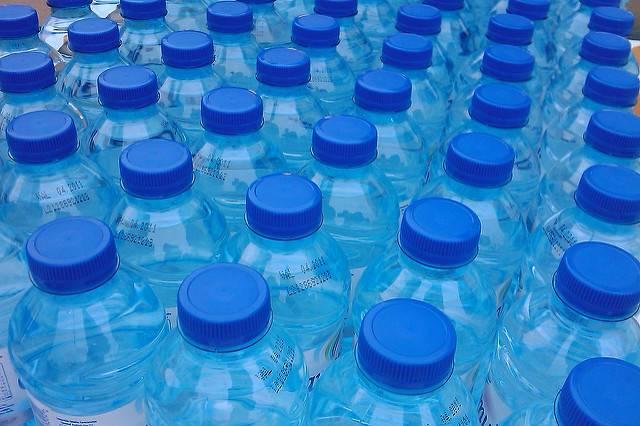
California's beverage container recycling rate dipped below 80 percent for the first time since 2008, shortly after hundreds of recycling centers were shuttered in the state.
A 79.8 recycling rate sounds great for most states – it means 18.4 billion containers were recycled in 2015. But it's not good enough for California, which prides itself on being at the forefront of sustainability. When the sustainability community aims for a circular economy, any drop stirs concern.
And California's stats are far less impressive considering its plastic recycling rate hovered around 85 percent in 2013. Had the state maintained that rate last year, it could have recaptured one million extra bottles. Instead, all that plastic ended up where we least need it – in the state's crowded landfills.
So, why did this happen after years of increasing recycling rates across the state?
The Sacramento-based nonprofit Californians Against Waste puts the brunt of the blame on the 560 recycling stations that have been shuttered in the last 15 months.
These closures make it harder for people to collect rebates for recycling beverage containers. The nonprofit says the cash rebates are a key to recycling success. The move hits rural and farming areas the hardest, says CAW, which estimates that would-be recyclers are losing out on redemption pay-backs totaling more than $3 million a month. Most of this would have gone to poorer residents, who are the most likely to take advantage of cash recycling rebates.
“Despite a $250 million fund surplus, California’s recycling operations are being short changed, resulting in closed centers and declining recycling rates,” Mark Murray, executive director of the environmental group Californians Against Waste, said in a press statement. “Consumers and recycling program operators need the Governor and Legislature to come together in this budget and fix what’s been broken.”
CalRecycle, the state authority responsible for managing the vast program, cautions against pointing the finger at recycling plant closures.
"The [recycling rate] decrease is likely attributed to several factors including CalRecycle’s stepped-up anti-fraud efforts that began in 2014," Mark Oldfield, a spokesperson for CalRecycle, told TriplePundit. "In addition, the improving economy has the dual effect of increasing beverage sales while softening demand for consumers to seek California Redemption Value refunds."
But the authority didn't exactly brush off the plant closures either.
"The recent closure of recycling centers continues to be of concern to CalRecycle," Oldfield insisted. "Consumer opportunities to return containers and collect California Redemption Value is critical to achieving the program’s objectives."
This is where, ideally, we'll see government authorities and concerned activists work together. But there is another actor that must also play a role – the state legislature, which has an impressive green agenda on its plate this summer. While recycling rates may not seem as important as extending cap and trade, it still deserves attention.
The right policies, driven by data, can help California get its recycling rate back up to 2013 levels or higher -- and, ideally, closer to the ultimate goal of zero waste. It's time for California to act.
Image credit: Flickr/Ricardo Bernardo
This article has been updated since it was first published.

Nithin Coca is a freelance journalist who focuses on environmental, social, and economic issues around the world, with specific expertise in Southeast Asia.














